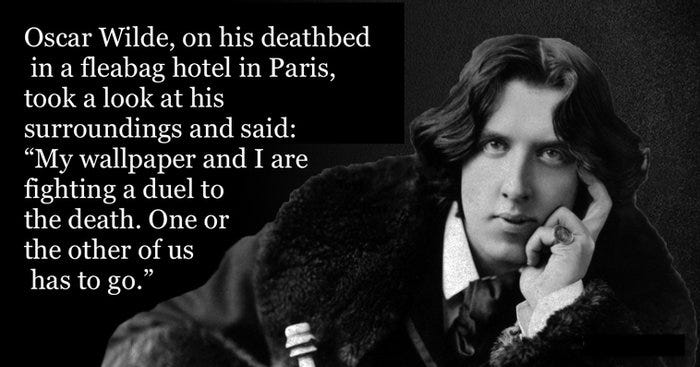ARTWRITE #11: Pattern Part 2
Jamela Richmond-Edwards, Alec Egan, Kira Nam Greene, Hillary Pecis

12/5/20
When I travel to places with great food, I get anxious. It’s a kind of FOMO. I fear not being able to eat all the foods I want to try. How will I hit every food truck in Austin? Try every mole in Mexico City? Next time, I tell myself when I don’t make it to Prince’s in Nashville or Voodoo Donuts in Portland. But what if there is no next time? I want to get it all in, and I want to get it all in now.
My last newsletter explained the roots of my wallpaper obsession (like most things in life, it goes back to my mother) and included work from artists who use pattern in their work. In the next issue, I planned to feature pattern in abstract art, but then I learned about some amazing artists who belonged in the earlier issue. That's where the FOMO comes in, except I wasn’t missing out. You were.
While I may never go back to Nashville, what’s the harm in showing you a few more artists? Consider this a supplement to last week’s newsletter, one more scoop of gelato, or your last taco before heading to the airport. We're nearing the end of a nightmare year, and these artists will make you smile.
-- Maggie Levine

Mixed media artist Jamea Richmond-Edwards is interested in Black women's relationship to clothing and luxury goods. Her subjects pose in vibrantly colored clothing that contrasts with their sculptured black faces and hairstyles. Like Bisa Butler. Richmond-Edwards cuts and then pieces together a profusion of patterns to create a spectacular patchwork effect. Both women studied art at Howard University and gravitate to what Butler refers to as "Kool-Aid" colors. (In this video, Butler explains the significance of these colors and why at Howard, her teachers sometimes assigned students to begin their paintings on a black canvas). Even though Richmond-Edwards doesn't sew the clothes that her subjects wear, the construction of her tiered skirts, shoulder pads, and cinched waists is as skilled as a seamstress's.

Rather than juxtaposing patterns, Kira Nam Greene layers Indian woodblock prints, Islamic tiles, Chinese motifs, entwined florals, and geometric designs. This technique puts an appealing multi-cultural stamp on her work while also allowing for varied visual effects. Sometimes the patterns are dense and saturated; other times, they're filmy screens that overlay images. In "Grab it by the Papaya" (note the Trump dig), flowers, birds, and leaves envelop the cleaved fruit, while in "Opening Golden Oreo," the cookies, letters, and logos float in a wash of pink and green floral checkerboard.
The title of Greene's series "Women in Possession of Good Fortune," riffs on the opening of Pride and Prejudice: "It is a truth universally acknowledged, that a single man in possession of a good fortune, must be in want of a wife." The women in these portraits work in creative fields and reflect different races, ages, and sexual orientations. They exude a richness that has nothing to do with money, and the array of glorious patterns that adorn and surround them enhances this feeling.
Patterns abound in Hillary Pecis's vibrant interiors. They're on textiles such as curtains and tablecloths, functional and decorative objects like vases, candlesticks, figurines, even the text of labels and newsprint, and the rendering of glass windows have patterns. The colors are vibrant, and influential artists like Van Gogh, Matisse, and Bonnard are evident in the stacks of art books and museum posters. Along with plants and flowers, Precis composes these elements to create homes where art, nature, and domesticity joyfully co-exist.
Alec Egan also paints spaces replete with luscious, overlapping patterns. Floral wallpaper is ubiquitous, and Egan repeats patterns (pun intended) in multiple paintings, varying their scales. Particular images also recur -- landscape paintings, a pair of socks, books, a vase with flowers, work boots that allude to Van Gogh's still lifes of old shoes -- hinting at the presence of what's absent in Egan's rooms, people. These objects appear in varying contexts and sizes. It's dizzying – in a fantastic way, like looking at a box within a box within a box. I wish I could see these paintings on display in a gallery (photo below) so I could better appreciate the interplay among these objects and rooms. Speaking of galleries: I wonder if the people who buy Egan's works feel like they only own one piece of a fantastic puzzle. Talk about FOMO.
wallpaper wrap-up

Thanks so much to those of you who sent photos of the patterns and wallpaper in your homes -- past and present.
Here's a fun wallpaper memory from Gloria Zimmerman.
Also, thanks to Anna Goldstein for sending a set decorator's tribute to the wallpapers in "The Queen's Gambit."
The pattern on this gorgeous cake is called Harlem Toile.
Enchanted Icing made the cake, and Sheila Bridges designed the pattern.
And here’s a link to the next issue: Pattern #3.











